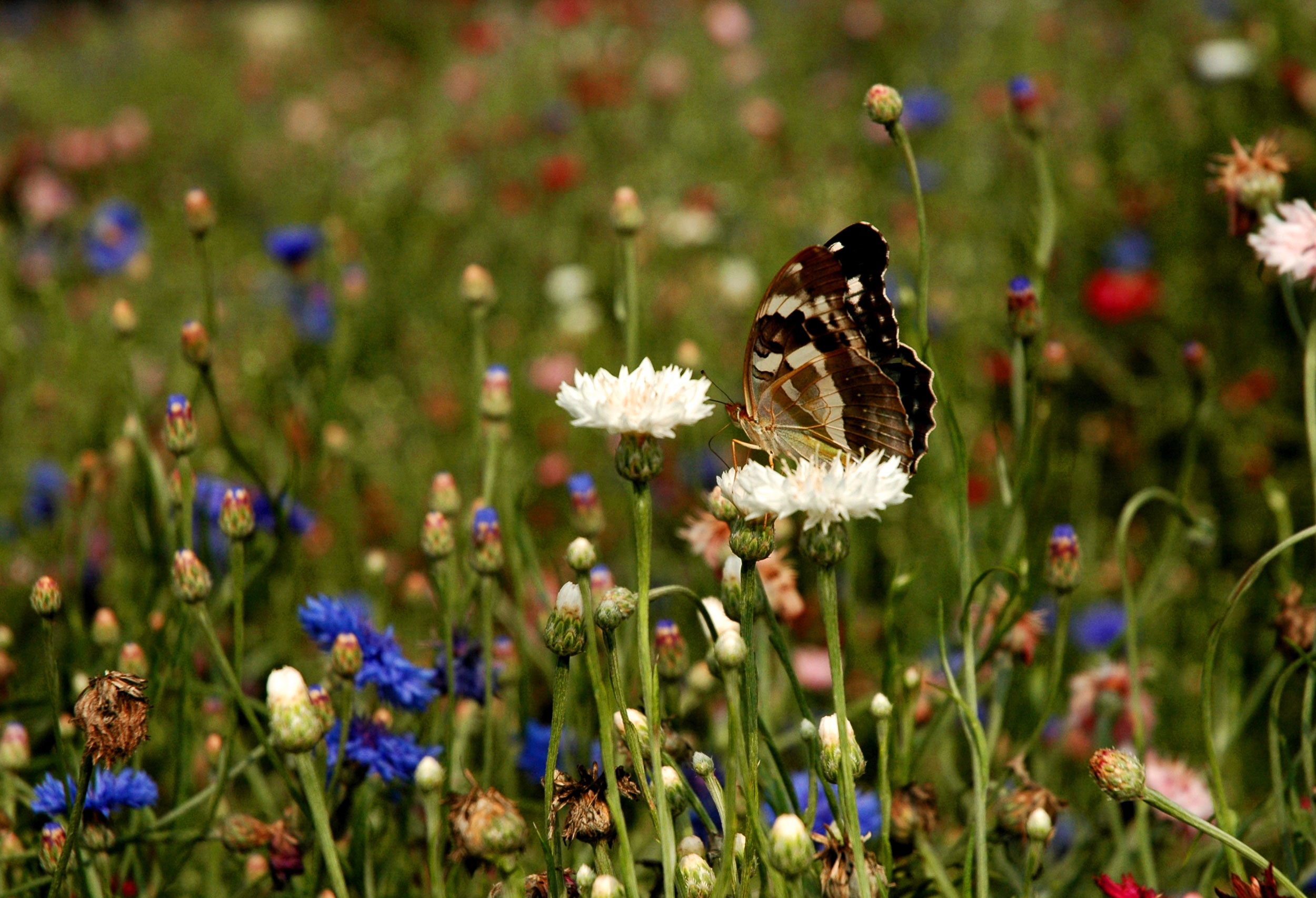 Did you know that in Japan the school year begins in April? It’s an unusual concept to those of us accustomed to a September ‘back to school’ season. Seasonally speaking, April is the perfect time to begin something new. The dead months of winter are long gone, new life is all around, and the opportunities for new beginnings are just about endless.
Did you know that in Japan the school year begins in April? It’s an unusual concept to those of us accustomed to a September ‘back to school’ season. Seasonally speaking, April is the perfect time to begin something new. The dead months of winter are long gone, new life is all around, and the opportunities for new beginnings are just about endless.
In true Japanese style, the practice of heading back to school would not be complete without some kind of ceremony or ritual. After all, it is a very special moment for children, and can be quite scary! Don’t you remember?
Nyuugakushiki or school entrance ceremonies are held across the country in the beginning of April. It is a time for upperclassmen to welcome incoming students and for all to think about what kind of year they’d like to lead. Older students and parents will take their seats in the school gym as new students march in to be welcomed by a round of applause. It is a wonderful way to join students together indeed.
During this ceremony, the school principal might talk about what’s ahead and introduce the teachers. An older student or two will typically say a few words to help ease the nerves of younger children. The ceremony would not be complete without singing the school song to bring all children together!
While most of our ‘back to school’ days have long passed, we can still take time to think about what’s to come in the approaching spring and summer months-and what a fantastic time to ponder! A new project, a family vacation, or a blow out party just might be the inspiration for new beginnings! Whatever it is you decide for the next few months, we are sure it will be filled with food, friends, and happy memories. Welcome to spring!
Randoseru: Not your Mamma’s Jansport
Japanese school children have the coolest backpacks! In fact, they’re not even called backpacks; they’re called randoseru. See, they even sound cooler! If you have ever been to Japan, read manga, or seen an episode of Pokemon, then surely you have seen the stiff leather bags strapped to the backs of kids in Japan.
The name randoseru actually comes from the Dutch word ransel, which means backpack. These sturdy leather varieties were brought to Japan in the 19th Century and became a must-have item in the later half of the 20th. Kids receive their first randoseru at age 6 and are expected to keep the same one until 6th grade! It’s not exactly the same disposable mentality over there, eh?
That longevity does come with a price however. Randoseru cost anywhere from $350-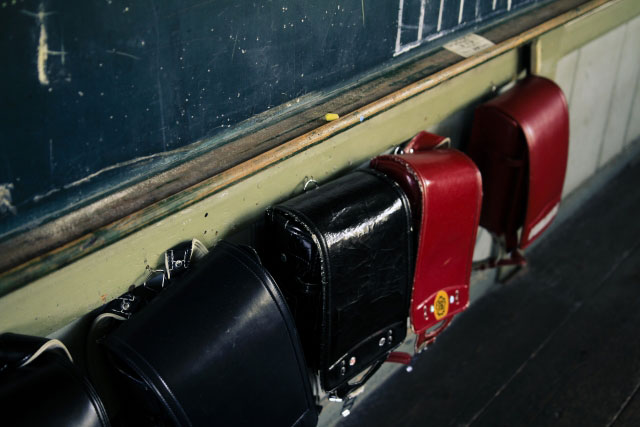 $600! They are mostly expensive because of the high quality leather. If you are looking to save you can find synthetic varieties at lower prices. They are becoming quite popular these days! Kids love to add accessories, covers, and charms to their backpacks, and you can find endless bits and bobbles in shops around Japan.
$600! They are mostly expensive because of the high quality leather. If you are looking to save you can find synthetic varieties at lower prices. They are becoming quite popular these days! Kids love to add accessories, covers, and charms to their backpacks, and you can find endless bits and bobbles in shops around Japan.
If you are intrigued by these long-lasting backpacks, we have good news for you. They can actually be found easily online these days. How is that for a fashion statement?
Myouga, a Delicate Early Summer Herb
It looks like a baby onion, tastes like a mild ginger, and will add extra zing to any dish! We are talking about Myouga or Myoga ginger. These delicate little guys are best enjoyed when they are soft and young. Cultivated year round, we recommend enjoying in the 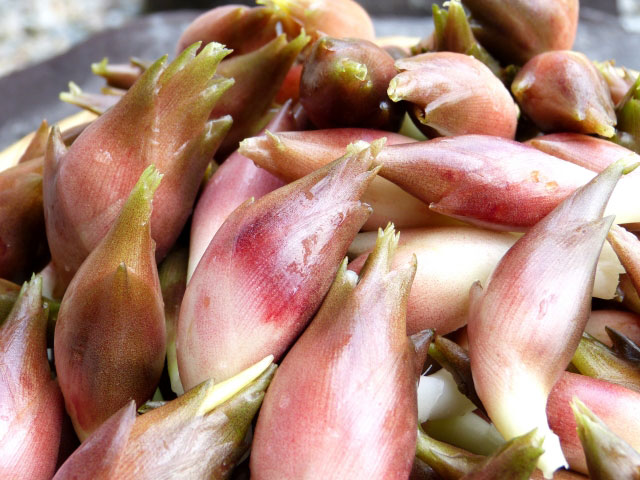 months of June to September. That’s when their flavor is best!
months of June to September. That’s when their flavor is best!
If you haven’t noticed these guys around, it’s probably because you didn’t know to look. Myoga ginger is widely available at most Japanese markets and online. That’s good news because Myoga ginger goes with just about everything.
Our favorite way to enjoy this punchy ingredient is raw and thinly shaved over noodles, tofu and salad. We also recommend it finely chopped in salad dressings and marinades, or finished with pan sauces. You can even dry them in an oven at low heat for crispy ginger chips or pickle them in vinegar for a sour snack. Happy cooking!
Must-Have Item of the Month: Ohitsu & Shamoji
This month, our must-have items are just about as old as rice! They are the kind of tools you didn’t know you couldn’t live without. Once you start using ohitsu & shamoji, you will use them every single day. Now, what are they?
Ohitsu means rice tub. They are the old school covered rice bowls that come in a variety of materials from the classic wood to plastic, and even ceramic. You can keep your rice in ohitsu for serving at table. This will keep rice warm, moist, and fluffy just how you like it!
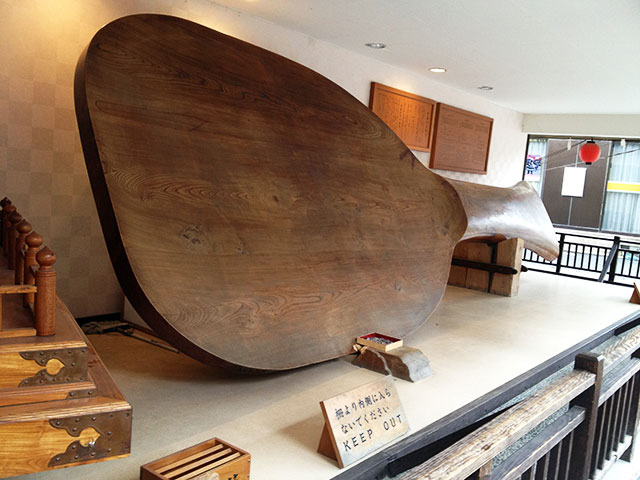
And you won’t have any luck serving your rice without shamoji or rice paddle. This paddle can be used for serving, cooking, and mixing. The wooden varieties even work for stir fries and scrambled eggs! (That’s our little secret!) We advise mixing rice, immediately after it completes cooking, with a shamoji. Mixing rice will allow excess moisture to escape, and keep the consistency throughout the bowl of rice.
Don’t believe us? Treat yourself to a starter kit online and see how you like it. Don’t forget to report back to us with your kitchen stories!
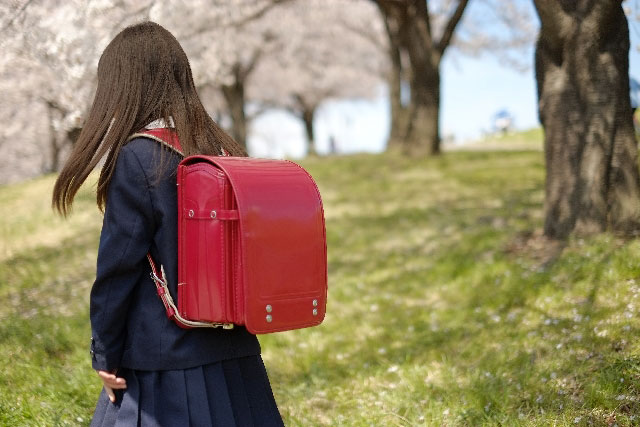
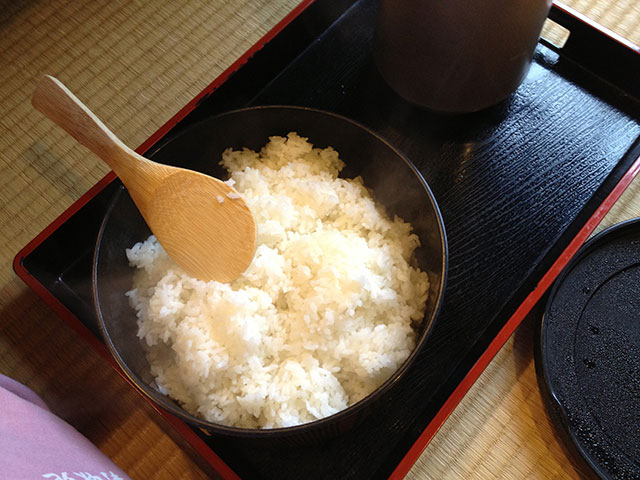
Leave a Reply